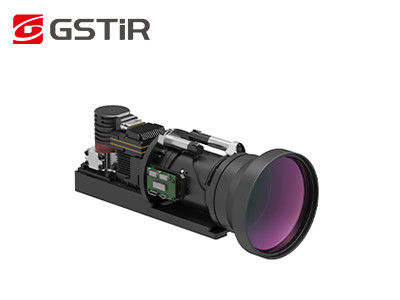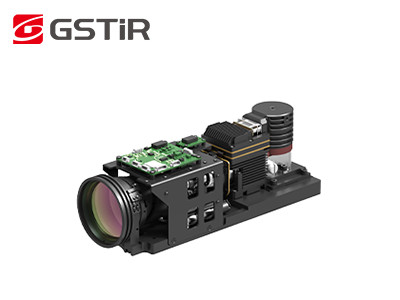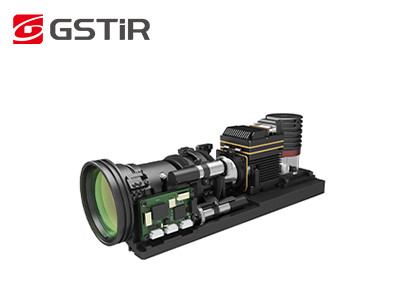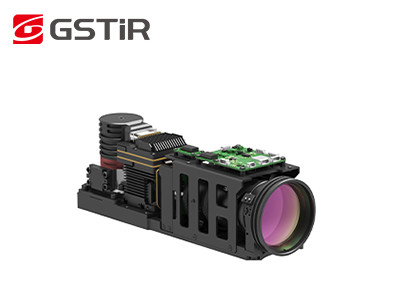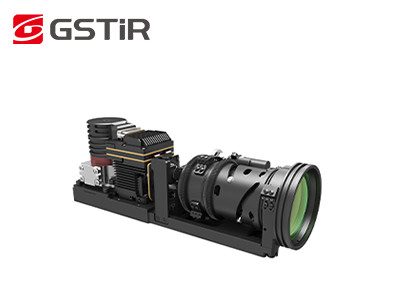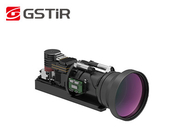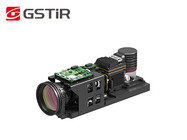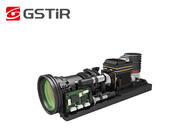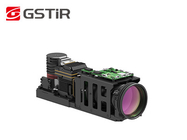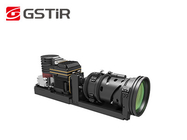-
Thermal Camera Core
-
Thermal Security Camera
-
Drone Thermal Camera
-
EO IR Systems
-
Thermal Imaging Binoculars
-
Infrared Thermal Camera Module
-
High Resolution Thermal Camera Module
-
Cooled Infrared Detectors
-
Optical Gas Imaging
-
Thermal Camera For Fever Detection
-
Cooled Camera Modules
-
Vehicle Mounted Thermal Camera
-
Integrated Dewar Cooler Assembly
-
Uncooled Infrared Detectors
OGI Optical Gas Imaging Camera With RS422 Communication

Contact me for free samples and coupons.
Whatsapp:0086 18588475571
Wechat: 0086 18588475571
Skype: sales10@aixton.com
If you have any concern, we provide 24-hour online help.
x| Function | Gas Leak Detection | Cryo Cooler | RS058 |
|---|---|---|---|
| Detector Resolution | 320x256 | Pixel Size | 30μm |
| NETD | ≤15mK | Spectral Range | 3.2±0.1~3.5±0.1μm |
| Highlight | RS422 Optical Gas Imaging Camera,RoHS Optical Gas Imaging Camera,30um OGI Camera |
||
OGI Optical Gas Imaging Camera With RS422 Communication
Optical Gas Imaging (OGI) is an innovative thermal imaging technology that utilizes high sensitivity infrared cameras for detecting minute fugitive emissions of industrial gases.
GAS330 Cooled Optical Gas Imaging Camera can detect gas leaks that are hazardous for human health and the environment by visualizing them. This thermal camera module has a cooled infrared detector, a resolution of 320x256, a piexl size at 30µm and a spectral range of 3.2~3.5μm.
By using GAS330 thermal camera module, non-contact detection is achieved so that the safety of inspectors can be ensured, improving the quality and efficiency with cost saving.
- Resolution: 320x256
- Pixel Pitch: 30µm
- NETD≤15mK, High Sensitivity
- Spectral Response: 3.2µm±0.1µm~3.5µm±0.1µm
- Wavelength Customizable Based on Different Requirements
- Integrate with DVP/CameraLink Interface Easily
| Model | GAS330 |
| IR Detector Performance | |
| Resolution | 320x256 |
| Pixel Pitch | 30μm |
| Cryocooler | RS058 |
| Spectral Range | 3.2μm±0.1μm~3.5μm±0.1μm MW |
| Cooling Time (20°C) | ≤8min |
| NETD (20°C) | ≤15mK |
| Image Processing | |
| Frame Rate | 30Hz |
| Dimming Mode | Linear/Histogram/Mixed |
| Digital Zoom | ×1/×2/×4 |
| Image Direction | Horizontally/Vertically/Diagonally Flip |
| Image Algorithm | NUC/AGC/IDE |
| Electrical Specification | |
| Standard External Interface | J30JZ 25pin |
| Analog Video | PAL |
| Digital Video | 16bit RAW/YUV: 16bit DVP/Cameralink Output |
| External Sync | Frame External Sync: RS422 Level |
| Communication | RS422, 115200bps |
| Power Supply | 20~28VDC |
| Stable Power Consumption | 12W |
| Dimension (mm) | 155×67×80 |
| Weight | ≤900g |
| Operation Temperature | -40°C ~ +60°C |
| Vibration Magnitude | Vibration: GJB Vehicle-mounted High Speed Transport Shock: Half-sine Wave, 40g 11 ms, 3 Axis 6 Direction 3 Times Each |
| Optical Lens | |
| Optional Lens | Fixed Zoom: 23mm/F1.5; 55mm/F1.5 |
The GAS330 gas leak detection thermal imaging camera is used for visiualizing the invisible VOCs (volatile organic compounds) and detecting gas leakage such as: Methane, Ethane, Propane, Butane, Pentane, Hexane, Heptane, Octane, Ethylene, Propylene, Isoprene, Methanol, Ethanol, Butanone, Benzene, Toluene, Xylene, Ethylbenzene etc.
![]()



